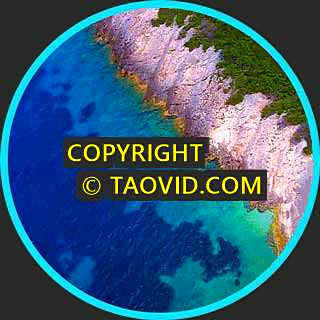Trip to the Galapagos Islands & Amazon Rainforest
The Galapagos Islands are an archipelago of volcanic islands. They are distributed on either side of the equator in the Pacific Ocean, surrounding the centre of the Western Hemisphere, and are part of the Republic of Ecuador.
Located 906 km (563 mi) west of continental Ecuador, the islands are known for their large number of endemic species that were studied by Charles Darwin during the second voyage of HMS Beagle.
The Galapagos Islands and their surrounding waters form the Galapagos Province of Ecuador, the Galapagos National Park, and the Galapagos Marine Reserve. The principal language on the islands is Spanish.
The Amazon rainforest, Amazon jungle or Amazonia is a moist broadleaf tropical rainforest in the Amazon biome that covers most of the Amazon basin of South America.
This basin encompasses 7,000,000 km2 (2,700,000 sq mi), of which 5,500,000 km2 (2,100,000 sq mi) are covered by the rainforest. This region includes territory belonging to nine nations and 3,344 formally acknowledged indigenous territories.
The majority of the forest is contained within Brazil, with 60% of the rainforest, followed by Peru with 13%, Colombia with 10%, and with minor amounts in Bolivia, Ecuador, French Guiana, Guyana, Suriname, and Venezuela.
Four nations have “Amazonas” as the name of one of their first-level administrative regions, and France uses the name “Guiana Amazonian Park” for its rainforest protected area.
As the largest tract of tropical rainforest in the Americas, the Amazonian rainforests have unparalleled biodiversity. One in ten known species in the world lives in the Amazon rainforest. This constitutes the largest collection of living plants and animal species in the world.
The rainforest contains several species that can pose a hazard. Among the largest predatory creatures are the black caiman, jaguar, cougar, and anaconda.
In the river, electric eels can produce an electric shock that can stun or kill, while piranha are known to bite and injure humans. Various species of poison dart frogs secrete lipophilic alkaloid toxins through their flesh.
There are also numerous parasites and disease vectors. Vampire bats dwell in the rainforest and can spread the rabies virus. Malaria, yellow fever and dengue fever can also be contracted in the Amazon region.
Video Source: GALAPAGOS/AMAZON TRIP from Eric Anderson Productions on Youtube ⁄ CC BY






